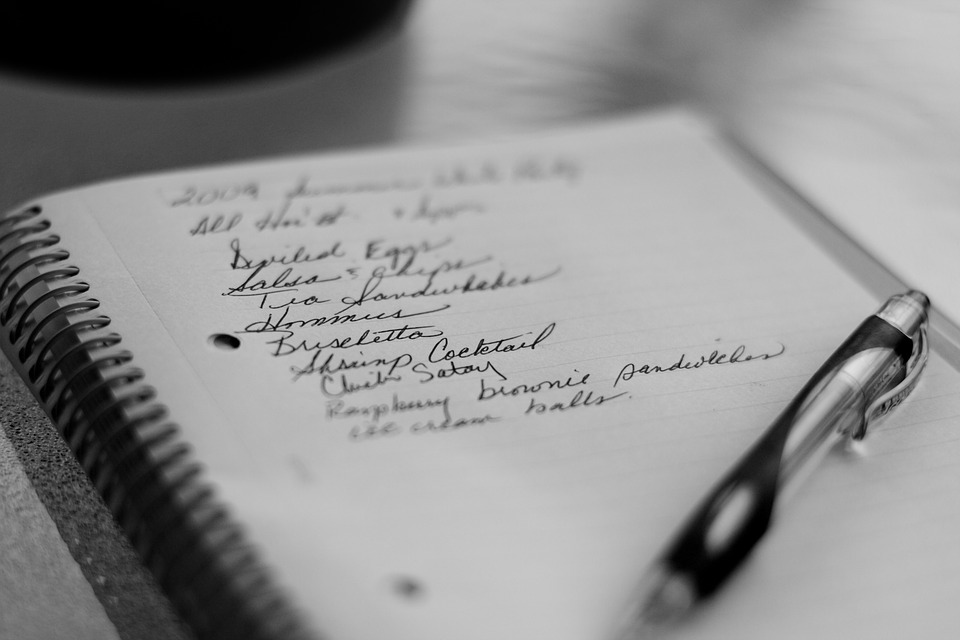Plenty of people live under the impression that what’s sustainable and what’s necessary for everyday life are two different, conflicting things. This, of course, cannot be farther from the truth.
True, changing your everyday routine to a zero waste one (or as close as zero-waste you can get) may be a bit of an adjustment. But, that doesn’t mean it’ll be as difficult as algebra. Need proof? There’s the wet market from San Pablo City, Negros Occidental that turned in their plastic bags for taro leaves. Then, there’s also that recent Facebook post from Buhay Zero Waste that features one of its members, Lenn Tejada Katindig hitting the grocery store with her arsenal of reusable plastic containers to buy her meat minus the single-use plastic.
Just as Katindig has proven, buying your weekly or monthly groceries for the family doesn’t have to be harmful to the environment or dependent on trash. It also doesn’t have to be inconvenient in the name of being environmentally friendly. Here are easy hacks for a greener, more sustainable, zero waste way of grocery shopping that you can start adopting from now on.
Live by lists

Grocery shopping lists are nothing new, but they’re way more help than you might think they are.
When you go grocery shopping, you often drive your car to get to the supermarket. That means gas, that means carbon footprints. Because of that, it’s best to limit your grocery shopping to once a week, or once every two weeks. This helps you get a better handle on how much waste you produce from buying things and a better handle on your budget. Listing down everything you need for the week helps make this once-a-week grocery shopping possible. It also helps make sure you get everything you need; no more, no less.
Buy loose
When buying your rice, fruits, and/or veggies, choose to buy loose. For rice, you have the option to scoop your own into a more reusable bag or container. For fruits and vegetables, you can also buy per piece or per kilogram at the fresh produce section of your supermarket. Buying them this way assures you that you only get the best and freshest of these items. It also lets you lessen the plastic your produce comes with.
Bags, bags, bags
Today, cashiers give us the option of using our own tote bags before offering plastic bags. It’s a small step in the right direction but we can actually take this bagging thing one step further. Aside from your big tote or grocery shopping bag, bring a combination of small cloth bags and mesh bags. You can use free tote bags you get from events or small cloth pouches you get from purchases from the department store. Pack your fruits and veggies in these instead of relying on packed ones.
Tupperware it all up
This is a hack that Katindig herself showed us. When buying your fish and meats, bring your own set of Tupperware and ask the sales clerk to place your meat order there. This doesn’t only lessen your waste-consumption, it also means you can just put everything away in the freezer when you get home. You don’t have to bother removing them from the plastic bags and dealing with mess anymore.
Photos courtesy of Unsplash.com, Pixabay.com, and Repcod.com
Read more:
San Carlos City is breaking free from plastic with taro leaves
Five terms in sustainable design you need to know
New sustainable extra virgin olive oil is infused with cannabis
Live in a more sustainable home
Read more by Anthea Reyes:
Green footnotes for sustainable traveling
Sustainable fast-fashion is possible with these innovations